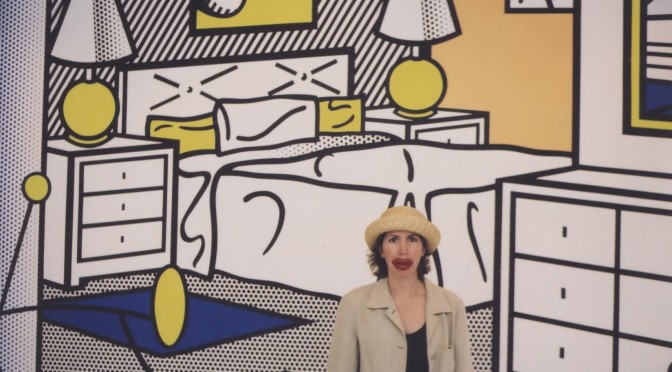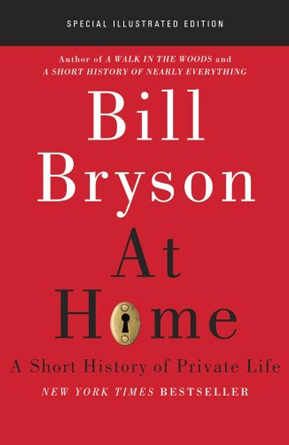I just finished Bill Bryson’s new book At Home: A Short History of Private Life. I’d say I’d read it cover to cover but it was, in fact, my first e-book experience. It was a good choice for this format due to its easygoing writing style and non-linear content. There was no cognitive penalty for reading it in fits and starts (although my neck aches from being on the laptop too long).
Mr. Bryson assembles his material like a house, dividing his chapters into room types. But there are a number of overriding themes at play including: the effects of rapid urbanization; the challenges of waste management; unsustainable household spending; the spread of outsized homes; the impacts of the collapse of rural life; gluttony; dreary, suburban design; toxic products; unbounded energy use; wholesale destruction of natural resources; and the house as a time and money pit. It reads like a survey course: HIS101: Introduction to Your Future (Which is Incidentally Now).
Sound familiar?
The brilliance of reading history is in having a reverse crystal ball. We are provided with answers to complex questions that even the most thoroughly considered prognostications can’t offer. We can consider what may happen based on what has already happened due to the underwhelming constancy of human nature in these matters. Greed, outsized egos, the need to dominate and other foibles always lay close to the surface. Whether he intended it or not, Mr. Bryson’s book offers us a kind of Ghost of Christmas Future and a good jumping off point to understanding a number of key societal puzzles that haunt us today.
The book inadvertently added to my travel bucket list with an introduction to the neolithic village of Skara Brae in the Orkney Islands and the real possibility of a lesser road trip to notable residences in the former American colonies. He says on Jefferson’s Monticello:
“It would consume more than fifty years of his life and nearly all his resources, and he would never see it finished.”
and
“Because the work was so protracted, some parts of Monticello were actively deteriorating while others were still abuilding.”
Now granted I have much less on my daily agenda than Jefferson ever did, statements like these make me feel just a teeny bit better about my old house travails. As a builder I borrowed a few curious tidbits on materials and application that I want to employ and will explore in future entries.
Overall, it is a light enjoyable read bound to elicit a string of spontaneous “Uh-huh!’s” that lead to another book and then another. Not a bad achievement on Mr. Bryson’s part, I’d say.

